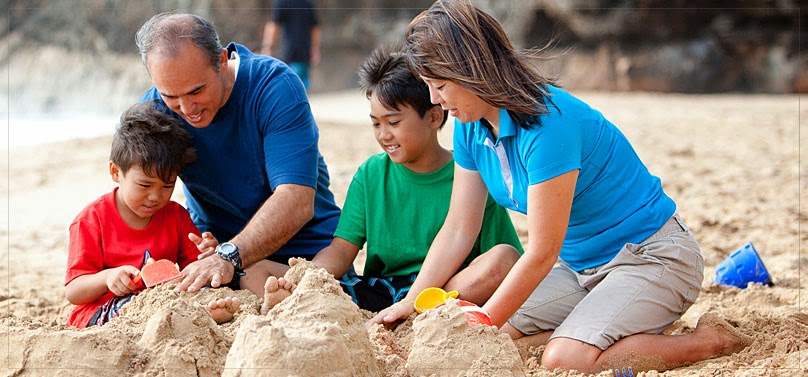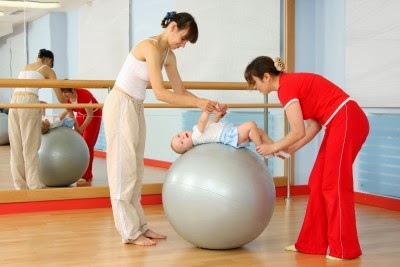 |
| mother-child plays strengthens the bonding |
Play is a primary occupation of childhood which is characterized by fun and spontaneity and involves exploration, experimentation, imitation and repetition. Play is also considered as our brain’s favorite way of learning new things.
Play deprivation is common in children with developmental disabilities because of different forms of barrier which include limitation imposed by care givers,physical limitation of child due to spasticity, environmental barrier in home or schools and social barriers due to limited interaction with other children.
Play is very essential n integral part for every child’s normal growth and development and as it also helps to improve coordination, communication and interpersonal skills; so it is very important to include therapeutic play as a part of rehabilitation program.
By integrating play within therapy sessions a child’s interaction with environment can be encouraged.It also helps n acquisition and mastery of new skills. It also develops risk taking problem solving and decision making abilities.
Some points to be taken into consideration while incorporation play are as follows:
1. The kind of play chosen for the child should be interesting and age appropriate.
 |
| child plays with balloon |
2. It should gain the attention of the child
3. Able to attract him
4. The objects used in play are used in different ways
5. These should have a variety value associated with them
6. Activities chosen should be such which arouses curiosity and simultaneously provide new information
7. It should also be stimulating fun based medium for developing and enhancing social interaction
8. Most importantly, play activities should be designed keeping in mind that all the family members will take active part in it
 |
| family playing together |
Incorporating play into therapeutic approaches such as NDT (NeuroDevelopmental Therapy)can be particularly effective because normal pattern of movement can be promoted and abnormal postural reaction can be prevented while the child is engaged in functional purposeful activities.
NDT aims to produce automatic movement patterns without placing conscious attention on the process eliciting excessive effort.
Child absorbed in play is not focused on the specific motor demands of the activity and can be stimulated to use appropriate moment to improve control of trunk arms during manipulation of toys.
Play is an active form of learning and beginning of knowledge that unites the mind, body and spirit.





















